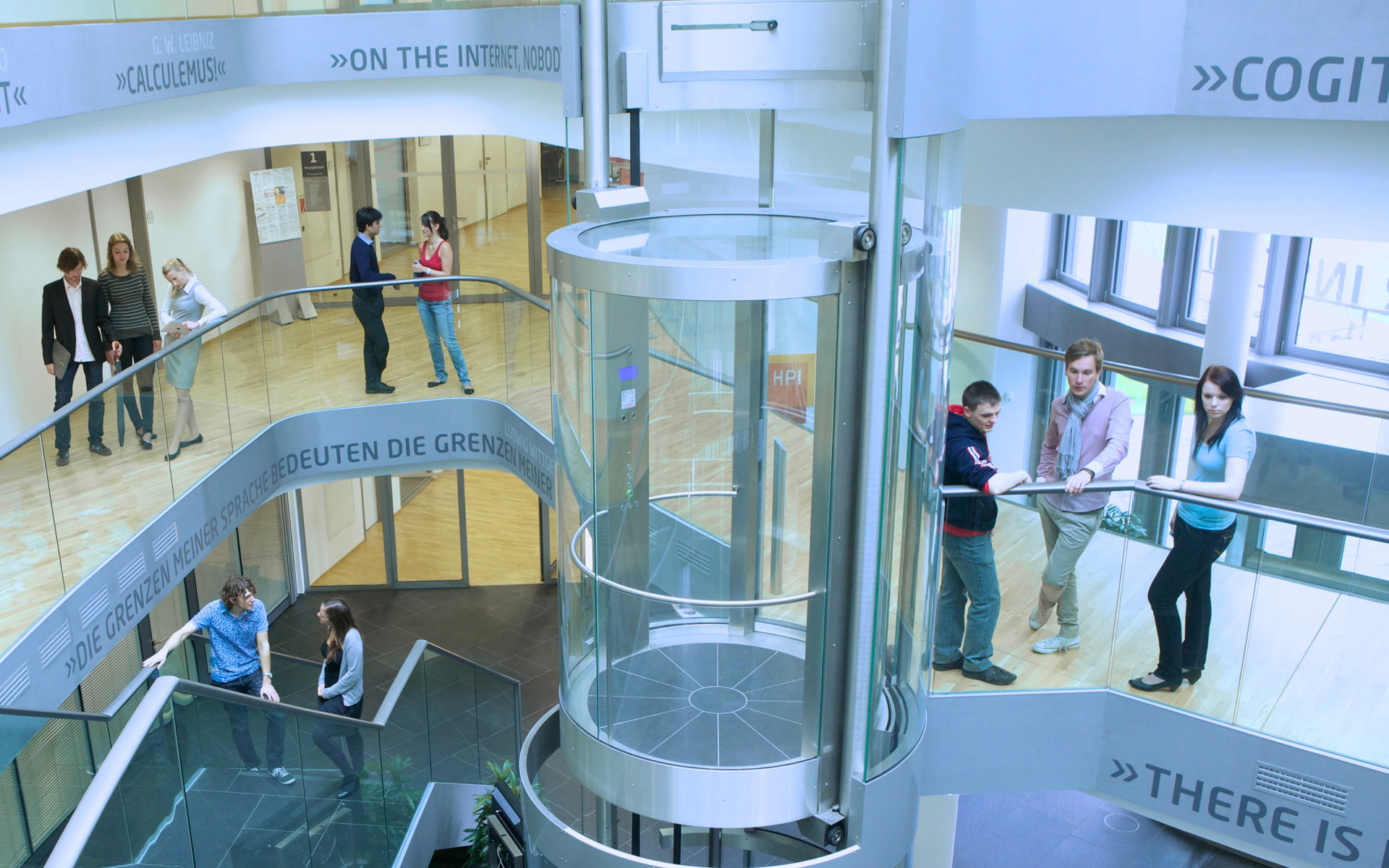1.
Koumarelas, I., Jiang, L., Naumann, F.: Data Preparation for Duplicate Detection. Journal of Data and Information Quality (JDIQ). 12, 1–24 (2020).
Data errors represent a major issue in most application workflows. Before any important task can take place, a certain data quality has to be guaranteed, by eliminating a number of different errors that may appear in data. Typically, most of these errors are fixed with data preparation methods, such as whitespace removal. However, the particular error of duplicate records, where multiple records refer to the same entity, is usually eliminated independently with specialized techniques. Our work is the first to bring these two areas together by applying data preparation operations under a systematic approach, prior to performing duplicate detection. Our process workflow can be summarized as follows: It begins with the user providing as input a sample of the gold standard, the actual dataset, and optionally some constraints to domain-specific data preparations, such as address normalization. The preparation selection operates in two consecutive phases. First, to vastly reduce the search space of ineffective data preparations, decisions are made based on the improvement or worsening of pair similarities. Second, using the remaining data preparations an iterative leave-one-out classification process removes preparations one by one and determines the redundant preparations based on the achieved area under the precision-recall curve (AUC-PR). Using this workflow, we manage to improve the results of duplicate detection up to 19% in AUC-PR.
Weitere Informationen
AbstractData errors represent a major issue in most application workflows. Before any important task can take place, a certain data quality has to be guaranteed, by eliminating a number of different errors that may appear in data. Typically, most of these errors are fixed with data preparation methods, such as whitespace removal. However, the particular error of duplicate records, where multiple records refer to the same entity, is usually eliminated independently with specialized techniques. Our work is the first to bring these two areas together by applying data preparation operations under a systematic approach, prior to performing duplicate detection. Our process workflow can be summarized as follows: It begins with the user providing as input a sample of the gold standard, the actual dataset, and optionally some constraints to domain-specific data preparations, such as address normalization. The preparation selection operates in two consecutive phases. First, to vastly reduce the search space of ineffective data preparations, decisions are made based on the improvement or worsening of pair similarities. Second, using the remaining data preparations an iterative leave-one-out classification process removes preparations one by one and determines the redundant preparations based on the achieved area under the precision-recall curve (AUC-PR). Using this workflow, we manage to improve the results of duplicate detection up to 19% in AUC-PR.
2.
Schirmer, P., Papenbrock, T., Koumarelas, I., Naumann, F.: Efficient Discovery of Matching Dependencies. ACM Transactions on Database Systems (TODS). 45, 1–33 (2020).
3.
Koumarelas, I., Papenbrock, T., Naumann, F.: MDedup: Duplicate Detection with Matching Dependencies. Proceedings of the VLDB Endowment (PVLDB). 13, 712–725 (2020).
Duplicate detection is an integral part of data cleaning and serves to identify multiple representations of same real-world entities in (relational) datasets. Existing duplicate detection approaches are effective, but they are also hard to parameterize or require a lot of pre-labeled training data. Both parameterization and pre-labeling are at least domain-specific if not dataset-specific, which is a problem if a new dataset needs to be cleaned. For this reason, we propose a novel, rule-based and fully automatic duplicate detection approach that is based on matching dependencies (MDs). Our system uses automatically discovered MDs, various dataset features, and known gold standards to train a model that selects MDs as duplicate detection rules. Once trained, the model can select useful MDs for duplicate detection on any new dataset. To increase the generally low recall of MD-based data cleaning approaches, we propose an additional boosting step. Our experiments show that this approach reaches up to 94% F-measure and 100% precision on our evaluation datasets, which are good numbers considering that the system does not require domain or target data-specific configuration.
Weitere Informationen
AbstractDuplicate detection is an integral part of data cleaning and serves to identify multiple representations of same real-world entities in (relational) datasets. Existing duplicate detection approaches are effective, but they are also hard to parameterize or require a lot of pre-labeled training data. Both parameterization and pre-labeling are at least domain-specific if not dataset-specific, which is a problem if a new dataset needs to be cleaned. For this reason, we propose a novel, rule-based and fully automatic duplicate detection approach that is based on matching dependencies (MDs). Our system uses automatically discovered MDs, various dataset features, and known gold standards to train a model that selects MDs as duplicate detection rules. Once trained, the model can select useful MDs for duplicate detection on any new dataset. To increase the generally low recall of MD-based data cleaning approaches, we propose an additional boosting step. Our experiments show that this approach reaches up to 94% F-measure and 100% precision on our evaluation datasets, which are good numbers considering that the system does not require domain or target data-specific configuration.

